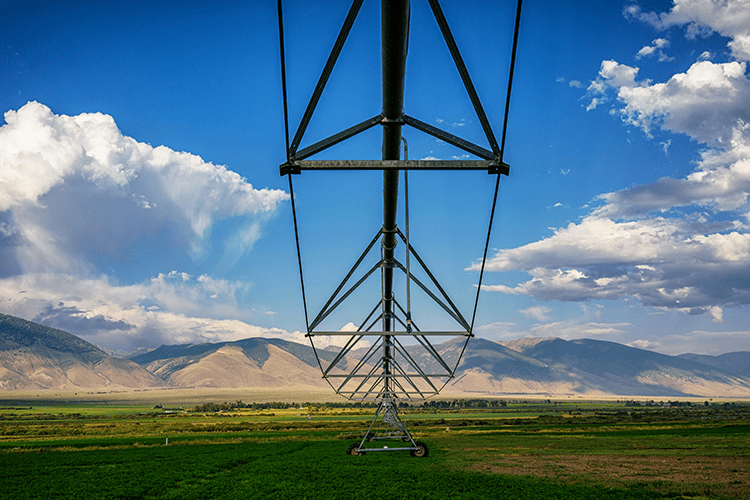Water continues to be one of the most critical challenges facing agriculture and communities. Land-grant universities are working to discover new ways to increase water efficiency, reduce water use and protect water quality.
Here are a few examples of that work:
Researchers in Ohio are working to improve soil health and water quality through best agricultural management practices to prevent non-point-source nutrient runoff in agricultural watersheds. Results of modeling were used to develop plans to increase adoption of these practices for watersheds in a 20-county region in Southwestern Ohio.
Alabama Cooperative Extension hosted drug take-back events that yielded 1,575 pounds of medication that was correctly disposed of and kept out of the water system.
More than 80% of Kansas is dealing with ongoing drought conditions. More than 90% of homeowners who participated in a university training program said they are implementing the water conservation practices learned.
Source: National Impacts Database
More From: 1890, Alabama, Alabama A&M University, Central State University, Climate Resiliency, Community Development/Engagement, Connecticut, Crop Management, Extension, Kansas, Kansas State University, Minnesota, North Central, Northeast, Ohio, Oregon, Oregon State University, Pennsylvania, Precision Agriculture, Research, Soil Health, The Pennsylvania State University, University of Connecticut, University of Minnesota, Waste Management, Water Availability, Water Quality, Western, Youth Development/4-HShare this Post

